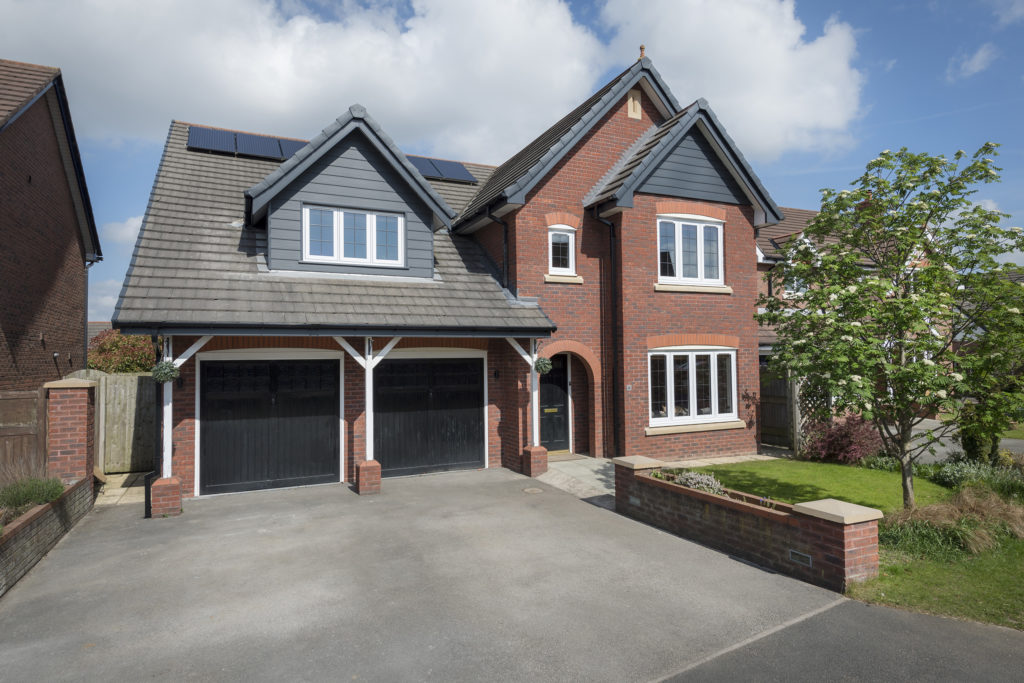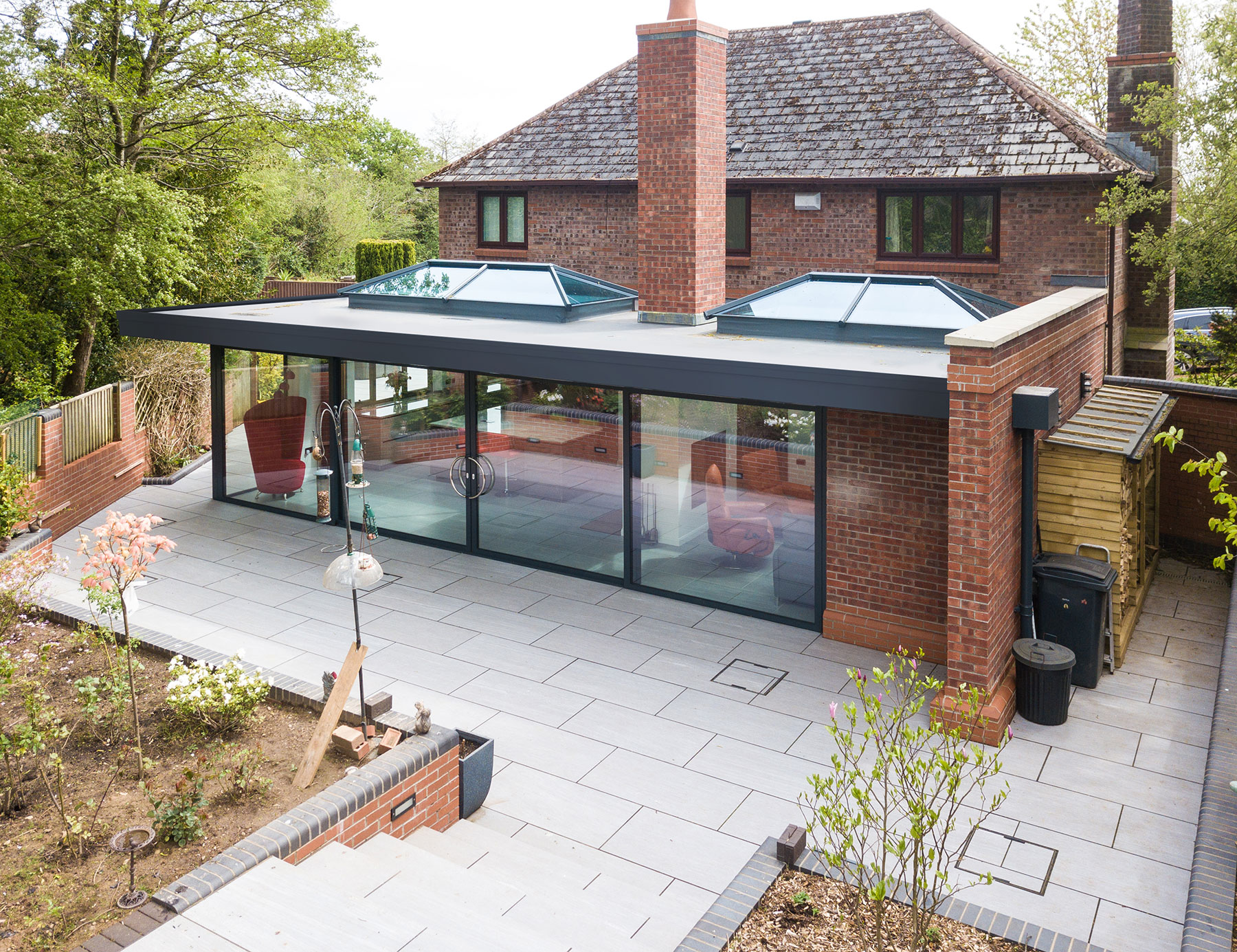uPVC vs Aluminium Windows & Doors: Which Material Should You Choose?
Choosing the right frame material for windows and doors has lasting implications for energy efficiency, aesthetics, longevity and return on investment. In the UK, uPVC (unplasticised polyvinyl chloride) and aluminium dominate modern installations—but which is best for your home?
Here at The Sure Group, we offer both uPVC & aluminium products that are built-to-last. This guide will give you an insight into what are its benefits.
1. Cost & Long‑Term Value
- Initial cost: uPVC is the more affordable option. A standard uPVC casement window typically would be slightly less expensive than aluminium frames.
- Value over time: Aluminium frames are more durable (lifespans of 30–45+ years) and need replacing less frequently, offering stronger long‑term value. uPVC windows generally last around 20–30 years, or up to 25 years depending on quality and environment.
2. Thermal Efficiency & Energy Savings
- uPVC excels: Naturally insulating, uPVC with double or triple glazing tends to perform best in terms of energy efficiency and reducing heat loss—ideal for colder months.
- Aluminium with thermal breaks: Modern aluminium windows include polyamide or thermal break inserts to reduce conductivity. Though this narrows the gap, aluminium still generally lags slightly behind uPVC in insulation performance unless using premium systems .
3. Durability, Maintenance & Weather Resistance
- Aluminium: Exceptionally durable and resistant to warping, rust, cracking and coastal corrosion. With minimal maintenance—just an occasional wipe—it can endure in high‑humidity or seaside environments without degradation.
- uPVC: Robust and weather‑resistant, but vulnerable to UV-related brittleness or fading over time—particularly in sunny or coastal areas. Modern UV-protected additives improve longevity, but uPVC may still crack after extended exposure. Lifespan is moderate, but maintenance is minimal—cleaning and occasional hardware servicing.
4. Aesthetic Appeal & Design Flexibility
- Aluminium: Slim sightlines and minimalist profiles suit contemporary, high‑end and modern architectural styles. Its structural strength supports large glazing panels, bi-fold or sliding configurations, and seamless indoor‑outdoor connections.
- uPVC: Available in various finishes, including wood-effect foils and coloured frames. However, its frames are bulkier, which may reduce visible glass area and appear less refined in modern contexts.
5. Security & Noise Reduction
- Security: Both systems generally come with multi-point locking systems. Aluminium’s metal frames are inherently stronger, offering additional security benefits.
- Sound insulation: uPVC’s multi-chambered frames block noise effectively—advantageous in busy urban environments. Aluminium’s noise performance relies heavily on glazing quality, though it can still be excellent when paired with high-spec double or triple glazing.
6. Environmental Impact & Sustainability
- Aluminium: Highly recyclable with low material degradation, and recycling aluminium consumes only 5% of the energy needed to produce new metal. Its extended lifespan reduces window turnover and resource use.
- uPVC: Made from petrochemicals and less eco‑friendly in production. Recycling is possible but more complex, and recycling streams are less mature. New processes help, but aluminium holds the edge in sustainability..
Conclusion: No One‑Size‑Fits‑All
- uPVC suits homeowners prioritising cost-effective insulation, ease of installation and minimal maintenance—especially in traditional-style properties or those on a tight budget.
- Aluminium appeals where design, long-term performance, recyclability and durability matter most—especially for contemporary builds, coastal homes or premium upgrades.
Ultimately, the right frame material hinges on your home’s climate, architectural style, budget, environmental priorities, and lifespan expectations. Carefully compare quotes, glazing options (double vs triple), manufacturers, warranties (especially for thermal breaks in aluminium), and certification (FENSA, Certass). When specified and installed correctly, both materials can provide excellent performance—but select the one that best aligns with your long‑term goals.
At The Sure Group, we understand that secure, high‑quality façade and glazing solutions are central to both domestic retrofit and commercial development projects. Whether your priority is thermal comfort or contemporary aesthetics, selecting the right frame can make a lasting difference in efficiency, value and visual impact.
Get a free, bespoke quote from us today!
Categories: Uncategorised


